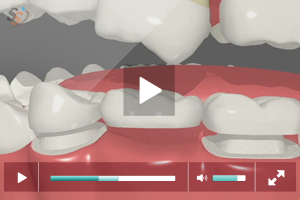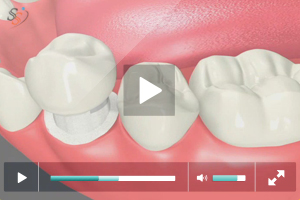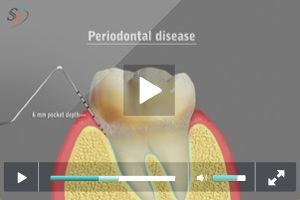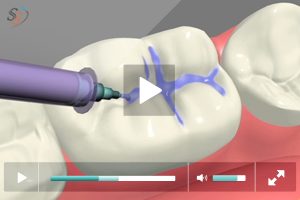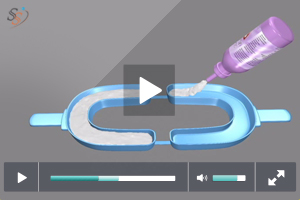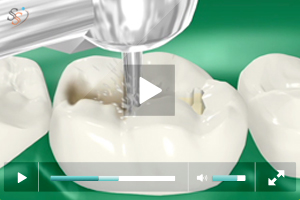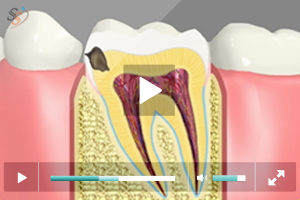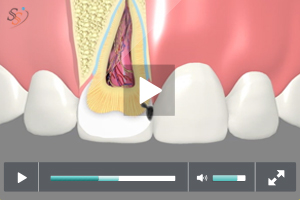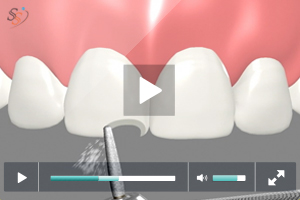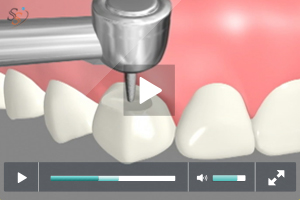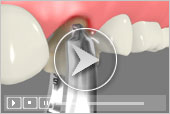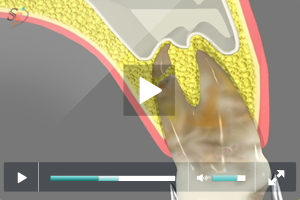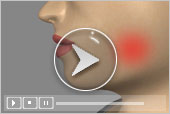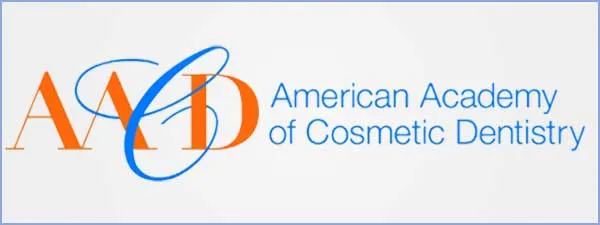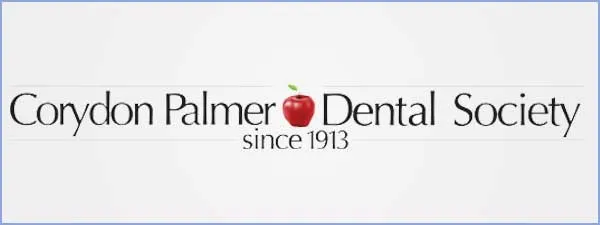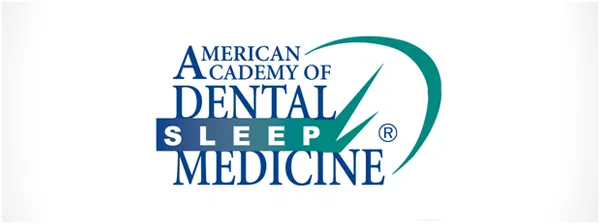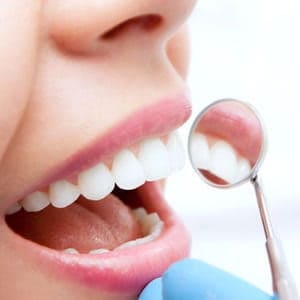
Your oral health plays a vital role in healthy living. General dental care is an integral part of oral care regimen and a dentist looks after your teeth and gums to see that dental problems are identified and prevented in the first place. General dentists are responsible for cultivating healthy habits and motivating patients towards taking care of dental health. Dr. Charles Verbanic has been offering general dental care to patients of all age groups since many years. From treating tooth decay, gum infection and straightening teeth to replacing a lost tooth, our general dentist performs a variety of dental procedures at our office. If you or any of your family members are suffering from toothache, sensitivity, bleeding gums or require routine dental cleaning, visit our Liberty Township, Ohio office and experience our comprehensive oral care. Our team will ensure that you walk out of our office with a confident and healthy smile.
General Family Dental Care – What it involves?
The dental health needs of people vary based on age, food habits, oral hygiene practices and genetics. A family dentist is capable of understanding the dental needs of patients of different age groups and performing the right treatment. Family dentists interact with every patient differently based on their age and comfort level. Children are offered special attention to see that they are comfortable during the visit. During the course treating children, steps are taken to protect teeth and gums and parents are guided on good and bad practices of oral care.
- A family dentist has the advantage of knowing the patient for long and awareness of his/her medical history
- Family dentists can perform a number of general dental treatment procedures
- Family dentists treat patients of all age groups which gives them a better understanding of every person’s need
A routine visit to our family dental practice will normally involve oral examination where Dr. Verbanic looks for signs of decay and infection. If there are signs of problems, patients are informed about it and necessary steps are taken to prevent the same. We have high-end equipment, knowledge, skills and experience to offer unparalleled quality care.
General Dental Care Procedures in Liberty Township
There are a number of dental care procedures our team performs at our Liberty Township, Ohio office. We serve the people of Youngstown, Austintown, Girard, Hubbard and Niles. Our team explains patients why a particular dental treatment is taken up which helps them make an informed decision. We aim to improve the oral health of individuals through our preventive, restorative and general dental care procedures.
Bridges
These are used to replace one or more missing teeth in an arch. This retains the adjacent teeth so they will not drift and prevents over eruption of the opposing teeth. Bridges are cemented into place and become a permanent part of the dentition.
Crowns
These are used when a tooth needs complete coverage. Crowns provide support, when because of extensive decay or fractures the tooth weakens. They allow the remaining structure to be restored to its normal form and function. Crowns can be made of gold, metal, plastic or porcelain. New aesthetic crowns can be made to look identical to the adjacent teeth.
Dentures
This is the replacement of all of the teeth in a dental arch. These are removable and restore esthetics and function. With the advancement of implants, dentures can now be much more retentive and can function much more like natural teeth.
Fillings
A restorative material is used to rebuild the tooth to its normal size and shape after decay has been removed. These can be placed directly in the tooth or made outside the mouth and bonded to the tooth. The filling material can be made out of gold, alloys, composite or plastic materials. Many of the newer materials are tooth colored and are not visible to others.
Partials
This is for the replacement of one or more missing teeth in an arch. These are removable appliances. A partial restores the patient’s form and function. It restores partial aesthetics to replicate original appearance.
Periodontal Maintenance
This procedure is usually preformed in conjunction with patients that have or have had perio disease. This is to maintain the gingival health and keep the gum tissue maintained so the supporting bone level stays intact.
Pulpotomy
This is a procedure done on baby teeth where decay has progressed into the nerve of the tooth. The area is cleaned and sealed with medication. It is then restored so the tooth can be kept until the permanent tooth erupts.
Repairs & Relines
Repairs to dentures and partials, such as fractures, missing teeth, and broken edges can be repaired on the same day or within one day. Relines are placed inside the denture to help improve the fit of the denture or partial. Impressions are taken inside of the existing appliance and a new layer of plastic gum tissue colored material is cured into the denture or partial to give a more secure fit to the patient so adhesives do not have to be used. This can be done in one day.
Routine Cleanings
We recommend this procedure for most of our patients on 6 month intervals. Some patients, due to excessive buildup or periodontal disease, need their teeth cleaned on 3 month intervals. At these appointments excess tartar and calculus are removed from the teeth, along with superficial stains from foods and drinks. This allows the gum tissue to remain healthy.
Sealants
These are recommended for the top surface of posterior teeth. Sealants are plastic material bonded into the groves which are hard to reach areas for the toothbrush. This reduces the chance of decay on these areas of the tooth surface. Because the sealant material is painted on, it does not require any of the tooth structure to be taken away. Therefore, no anesthetic or drilling is required for this procedure.
Extractions
Dental extractions (tooth pullings) are sometimes necessary to remove teeth affected by decay or disease. Also, wisdom teeth may need to be removed if they are causing pain or are impacted (not enough room to grow in properly), especially in patients between the ages of 16 and 25.
X-Rays
These are used in dentistry for many reasons. First and foremost is the detection of decay in areas which are not visible. Diagnosis of abscesses and infection, and detection of periodontal and gingival health. Also, the health of bone and analysis during treatment procedures are often monitored with x-rays. The amount of radiation absorbed by dental x-rays is minimal. Because of the advances in the technology of dental x-rays, radiation has been reduced by as much as 90% from years ago.
